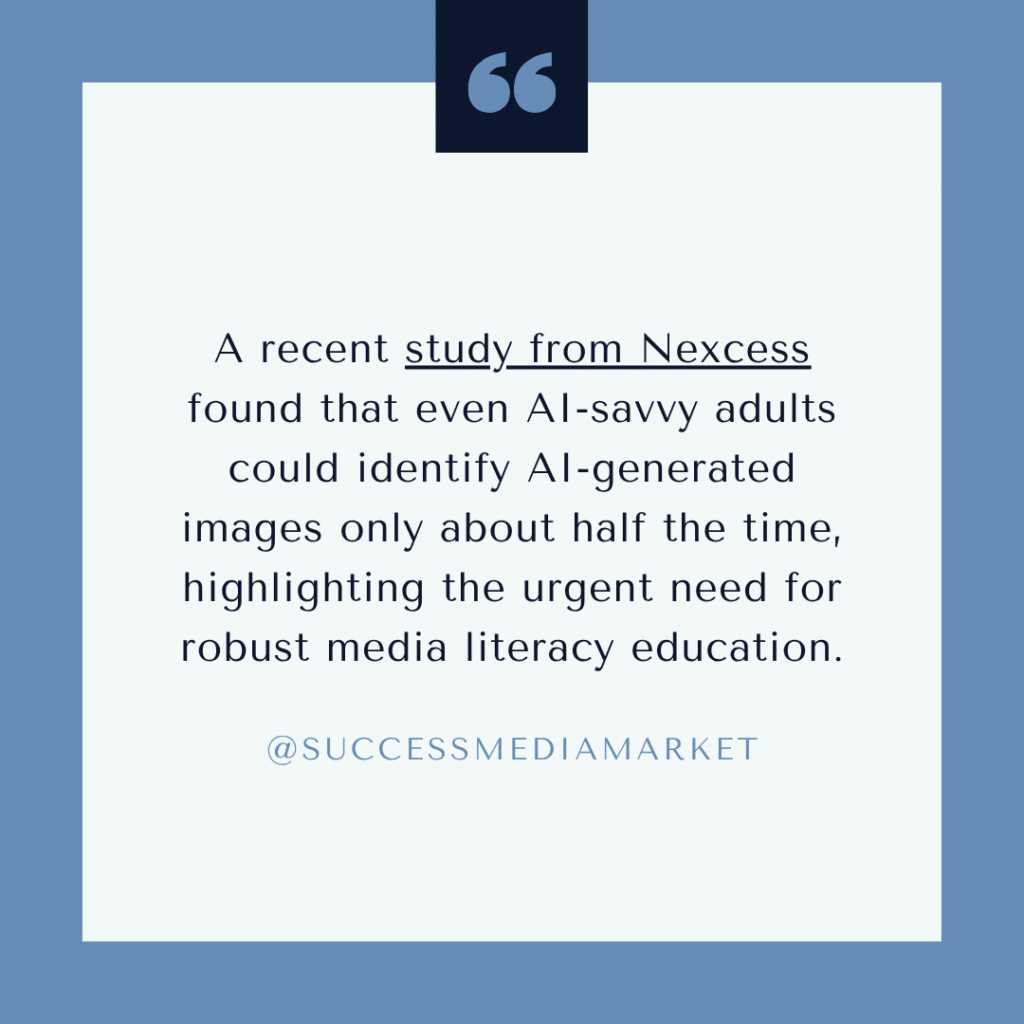Introduction
Nowadays, with the power of digital manipulation and even the creation of totally fake images using artificial intelligence (AI), it becomes harder to differentiate between real photos and fake ones. Incorrect photos are becoming more and more popular to deceive the people, spread false information or just an opinion. In this blog post I examine the essential indicators and tools you need to identify fake images so that you can consume content online in a more confident manner.
Why is spot the differencing of fake images important?
Fake images can:
- Help sway public opinion with false information.
- Are to influence public opinion on important issues like politics and social events.
- Harm the image of persons and other institutions.
- Aid in the proliferation of manipulation, particularly within social media platforms.
It also helps recognize them and avoid potential misinformation, which is important for digital media literacy as well.
Common Signs an Image Is Fake
Inconsistent Lighting and Shadows
Pay attention to the lights in the photo For instance, consistent reflections in the eye and logically aligned shadows. If shadows are cast in different directions or do not correspond to a light source, then that is big red flag that the image has been edited / pieced together from several photos.
Quirks in the Hands, Ears, and Face
AI-generated hands look, well they do not look like hands at all…and AI—generated ears are iffy as well. And by being organic, I mean photos contain these organic details that not even AI and many image editors can do perfectly today, giving away its fakeness.
Pixelation, Blurring, and Jagged Edges
Blurred background or appearance of jagged edges around steps, if any, or possibly a change in resolution levels of parts of an image when clicked on in zoom-in view are all signs that the image has been photoshopped.
Metadata Analysis
metadata — this is information that is embedded into image files and can include things such as timestamps, camera type or editing history Checking the metadata can identify whether an image was altered, or being reused.

Tools to Detect Fake Images
Reverse Image Search
Reverse Image Search tools like Google’s one can be used to find out the exact source or similar pictures of your photo online. To see if an image has been stolen, manipulated, or misrepresented.
Fake Image Detector Software
There are many free online tools and apps which can be used to analyze images for manipulations through techniques like error level analysis, extracting metadata or noise analysis etc. Examples include FotoForensics, Forensically, and Izitru.
AI-Powered Mobile Apps
Fake image detection platforms out there use artificial intelligence and forensic analysis offline to quickly verify if an image is AI generated or manipulated, this technology makes it safe for everyone to work with images.
How to Verify Image From Different Apps
- Double-check the lighting mismatches and shadows.
- Please Zoom In: Scan the edges and texture – anomalous behaviour here may indicate warping.
- Metadata Analysis: Uncover Hidden Information with Metadata Viewers
- By Reverse Image Search: Find out where an image came from and identify different sizes & versions.
- Source verification : look for the trustworthiness of who has posted that image
- Use Verification Tools: Do some forensic analysis on images.
Digital Media Literacy in Education
Research indicates people with stronger literacy in digital media and photography are less likely to be deceived by false images. Its worth familiarizing yourself with basic knowledge in photography, lighting and digital content management so you can critically evaluate the photographs that appear over time.
Internal Links to Explore
Our Digital Marketing Services
SEO Services to Enhance your Online Footprint
Outbound Links for Further Reading
BBC — Create a fake picture | How to create a manipulated image
Google News Initiative: Reverse Image Search
FotoForensics: Error Level Analysis Tool
Build up your digital media skills and stay updated with successmediamarket.com. Explore Our Services Now
FAQ
Q1. How can I tell if an image is a deepfake?
You can also search with Google reverse image to find the original source or similar images online. And keep an eye out for things like shadows that are falling in different directions or body parts that have an extra bend visible upon closer inspection.
Q2. Are all AI-generated images fake?
Since AI-generated images are not “photographs,” but instead synthetic, the term should for greater clarity be created image They are highly manipulative and as you will see, these are not actual photos.
Q3. Can metadata be falsified?
Of course, metadata can be changed, but a backdrop of visual clues plus source credibility generates a more confident verdict.
Q4. What Tools Can Help Us to Detect Fake Images?
In-depth forensic analysis: FotoForensics and Forensically Fake Photo Checker is an example of quick AI based checks that are done on mobile apps.
Q5. How is it that those fake images circulate so fast?
Hundreds of images, ads and memes are being spread on social media every day and so many people share them without ever verifying them because they touch a nerve (or align with bias). This spreads misinformation further.

